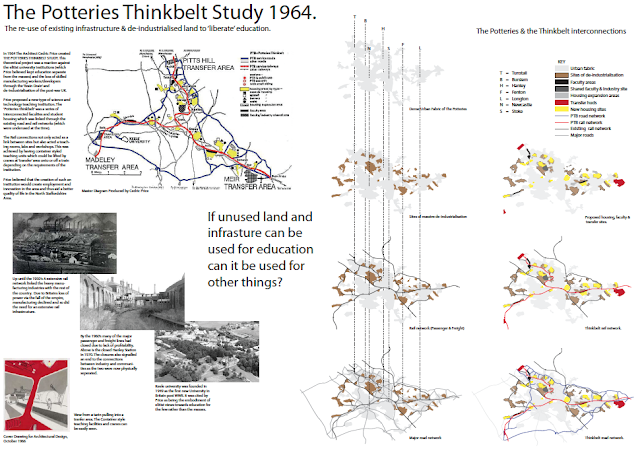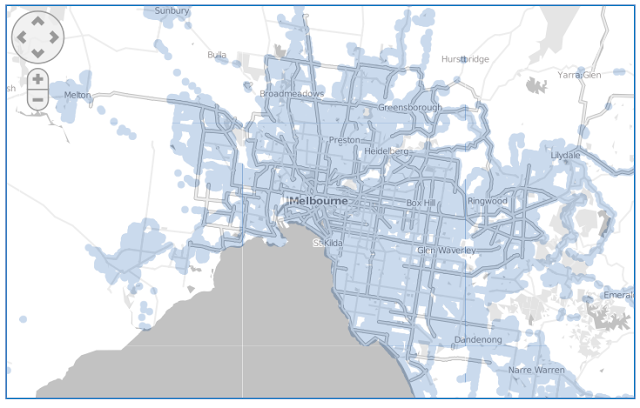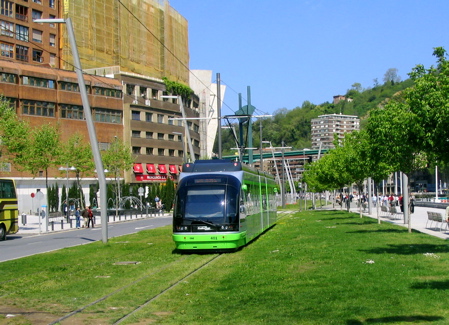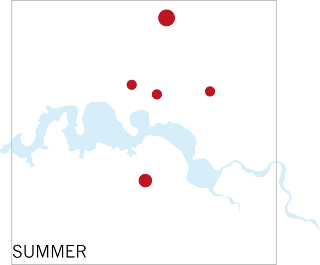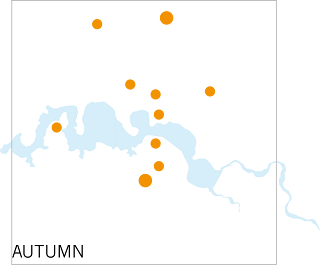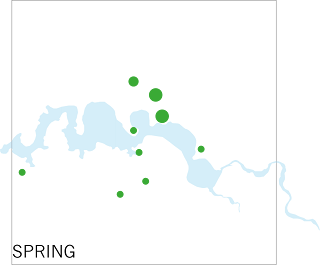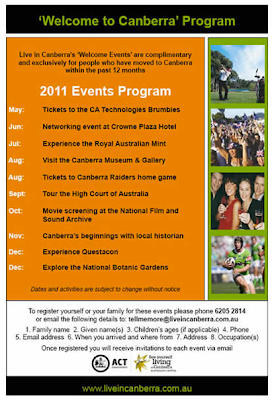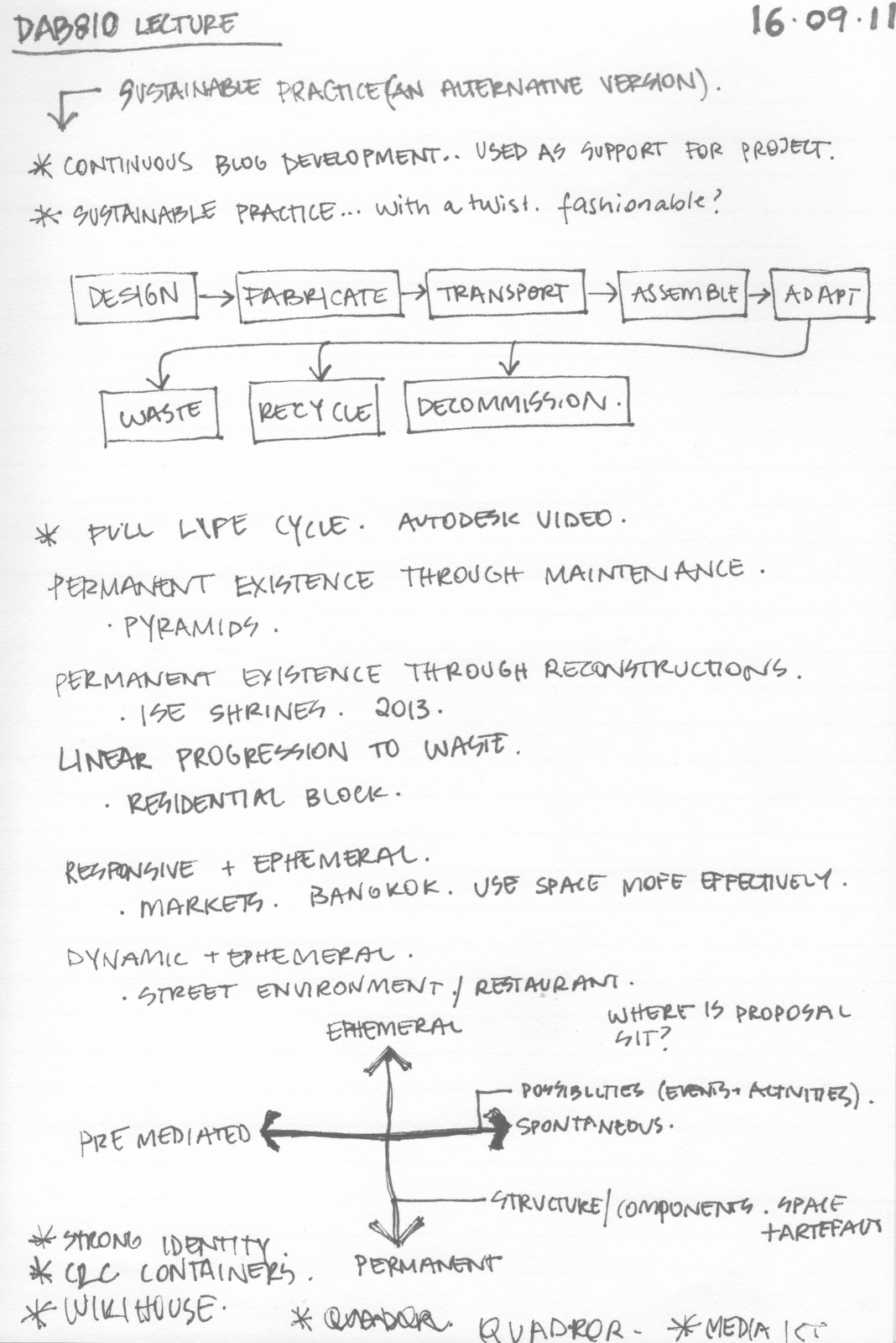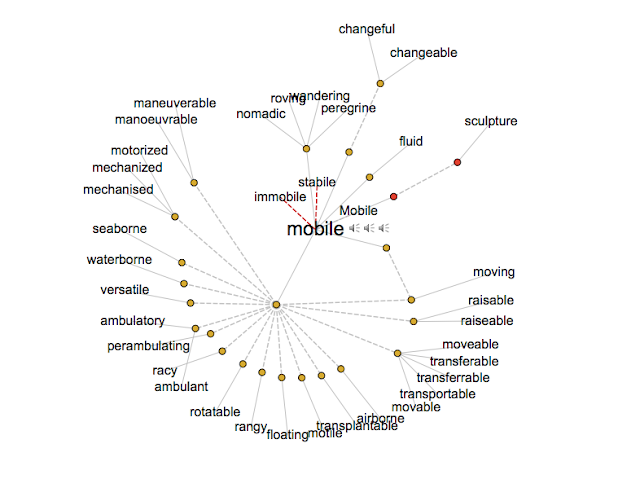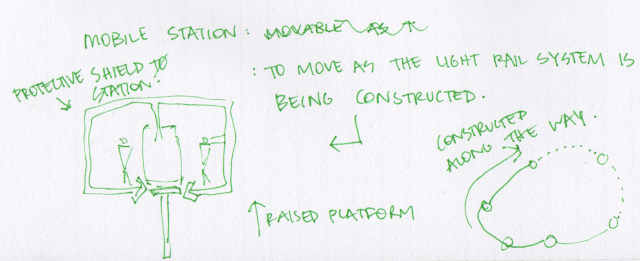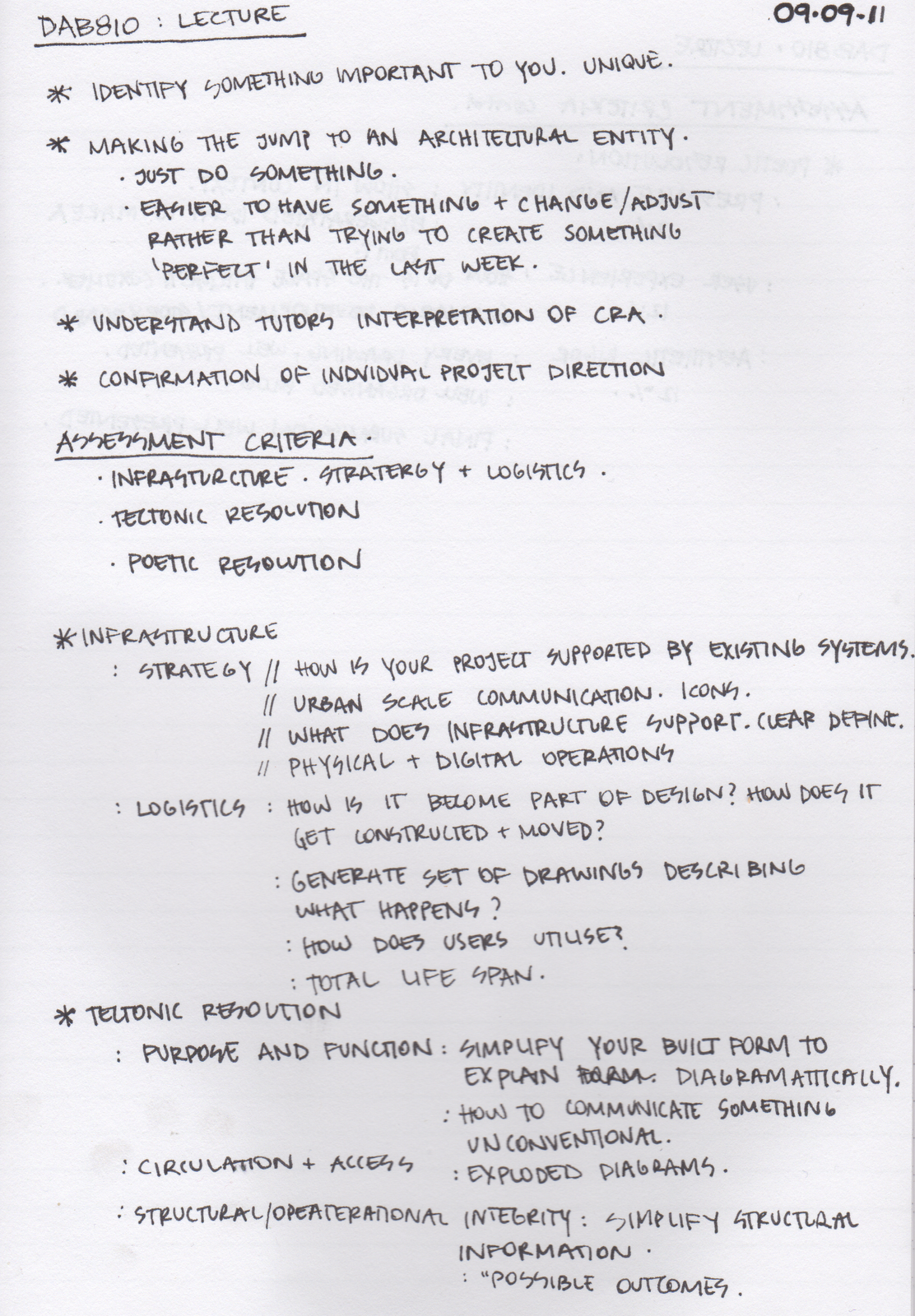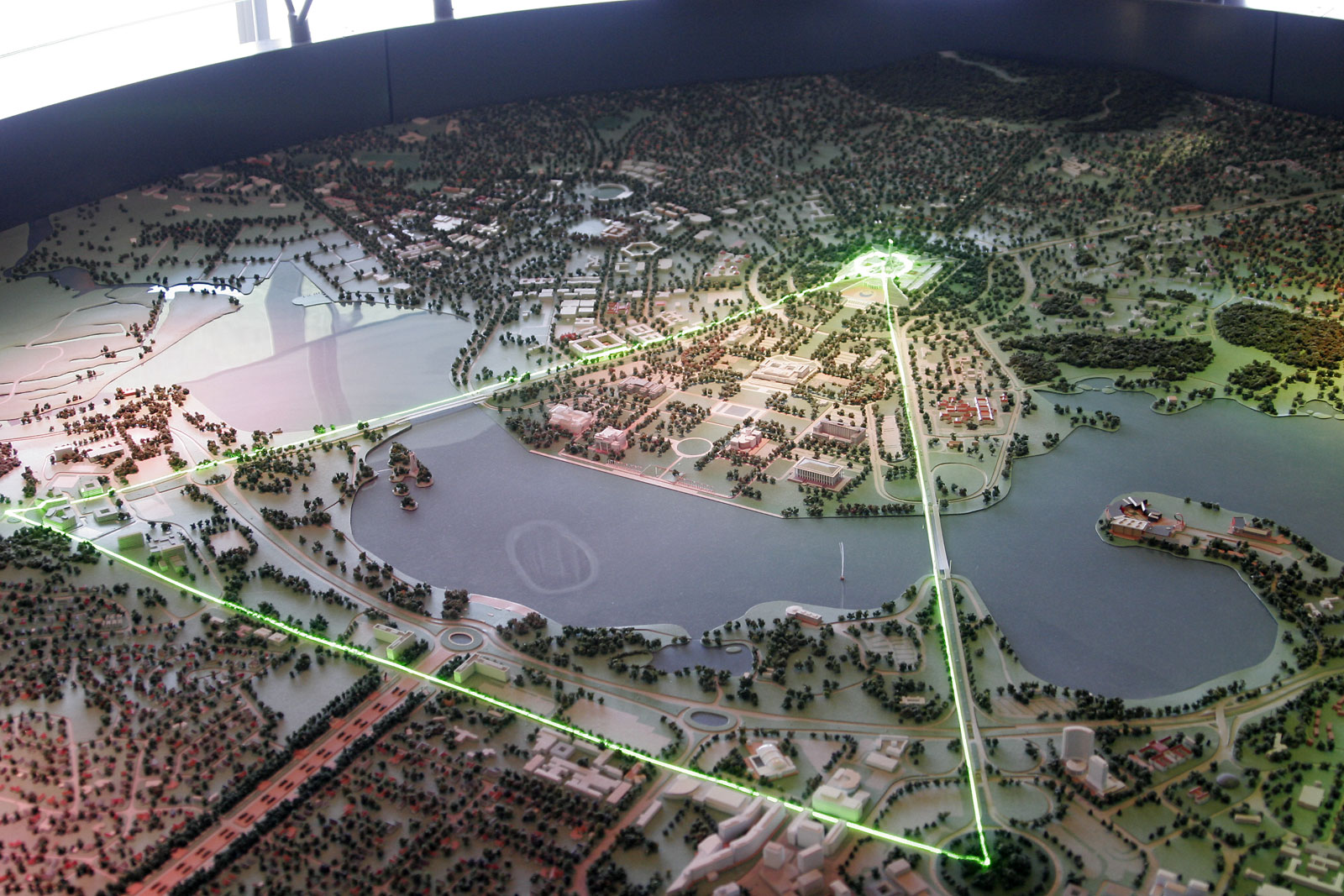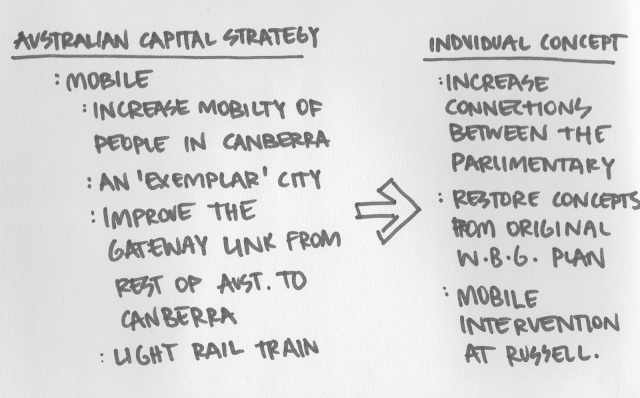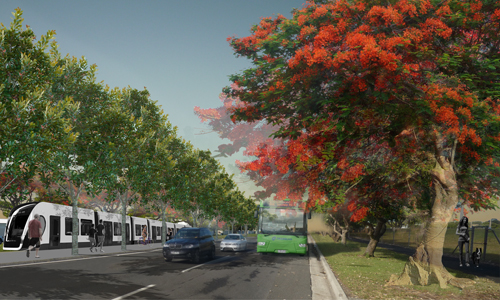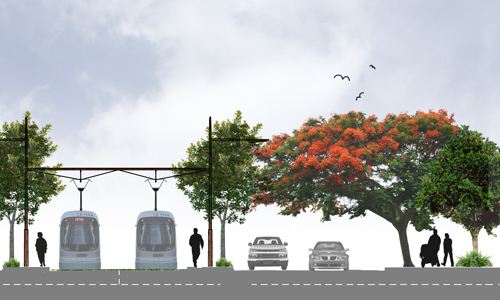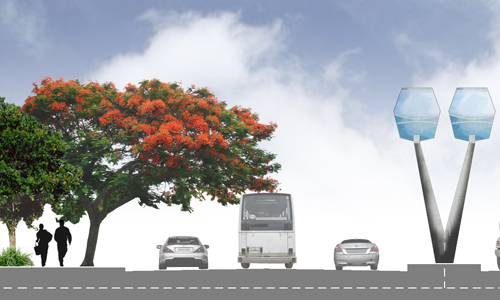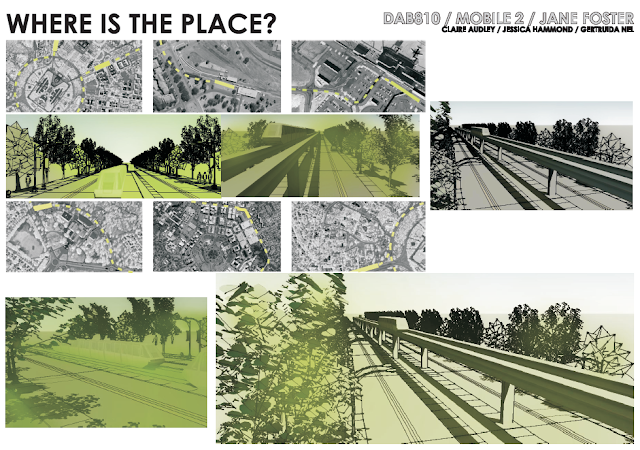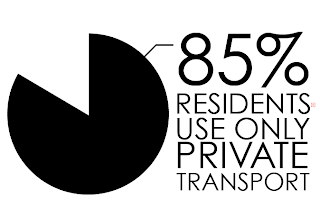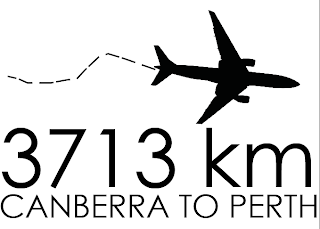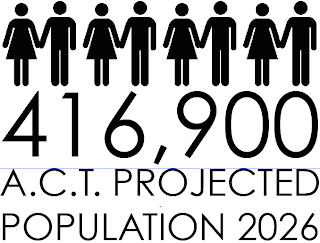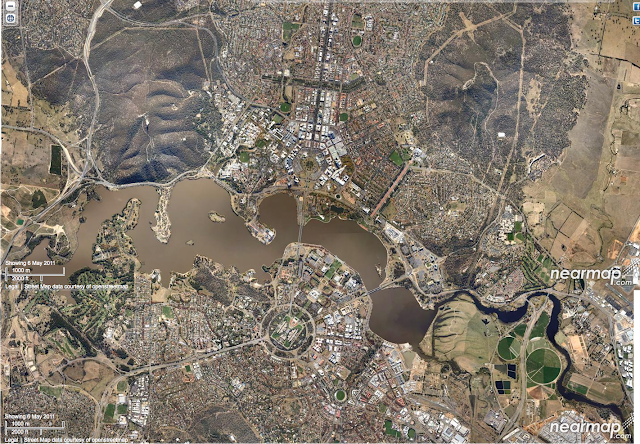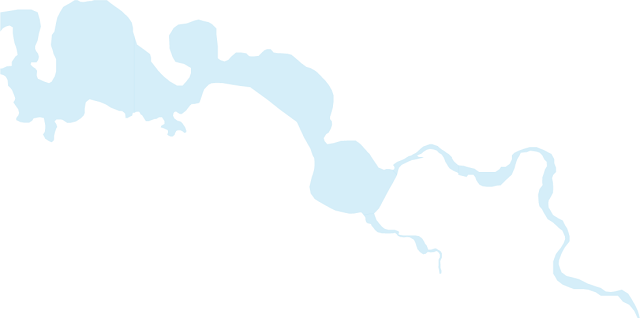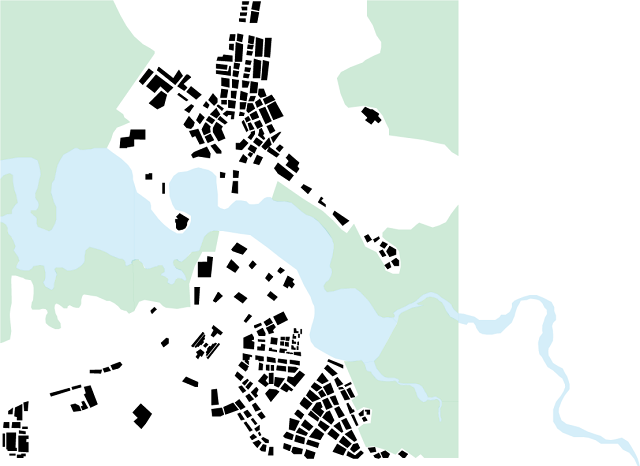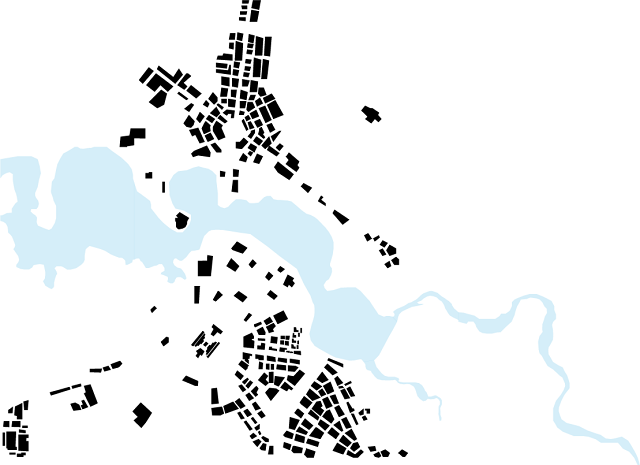I am struggling to develop my form and I'm losing motivation due to my confusion about the relevance of my project. It is very difficult for me to design a construction system and it seems very technical and I don't think I'll be able to pull if off. Over the next week, before the next tutorial I think I will revisit my key concepts and see what is possible for me to develop before the end of the semester.
I'm frustrated with myself because I know I should be much further along with this... I know I really just need to get on with it.
I'm frustrated with myself because I know I should be much further along with this... I know I really just need to get on with it.

